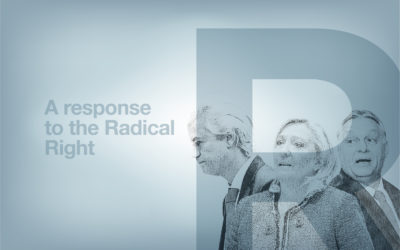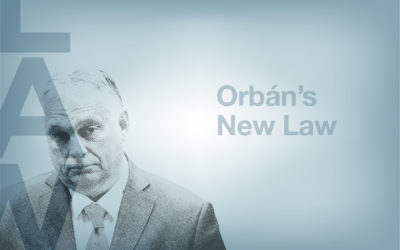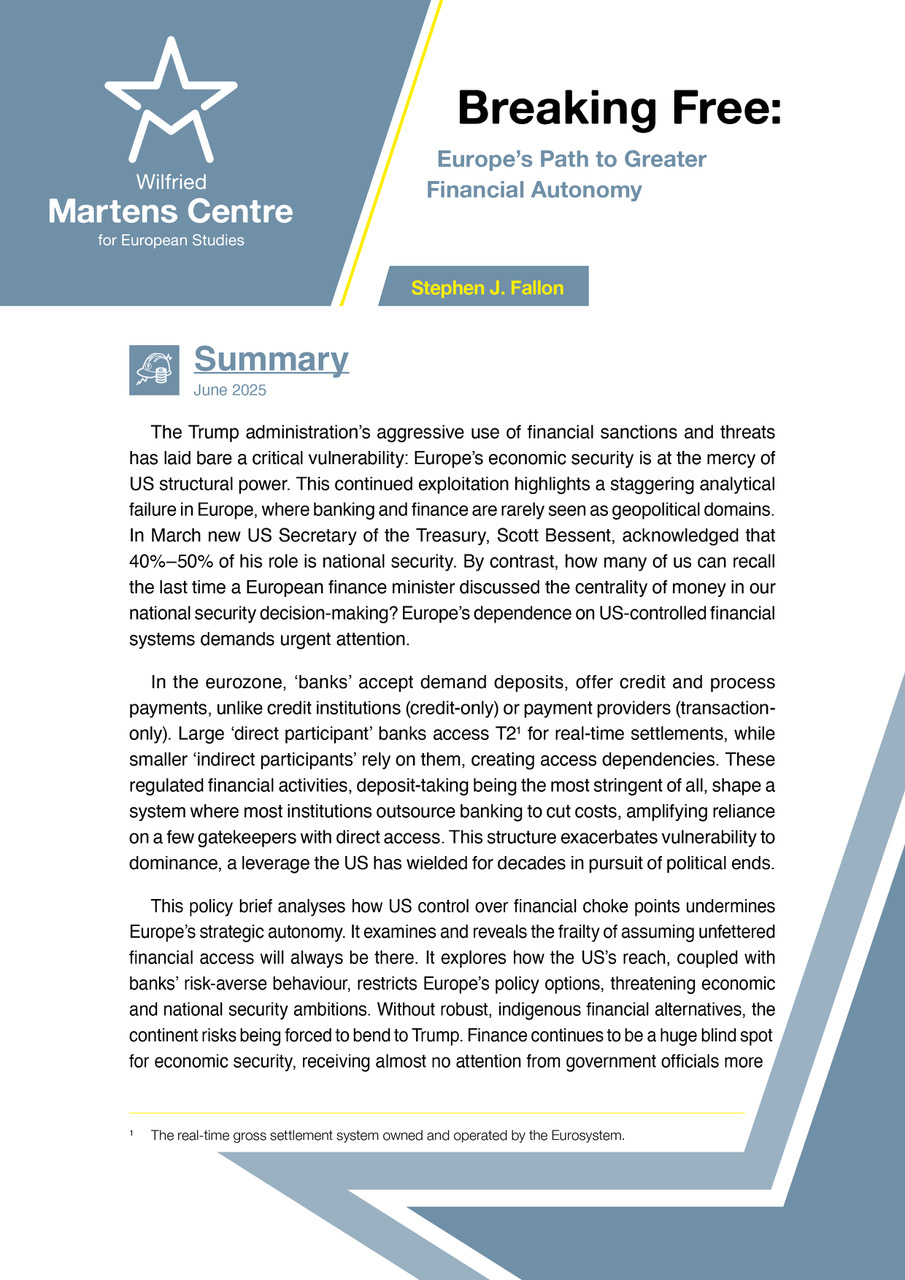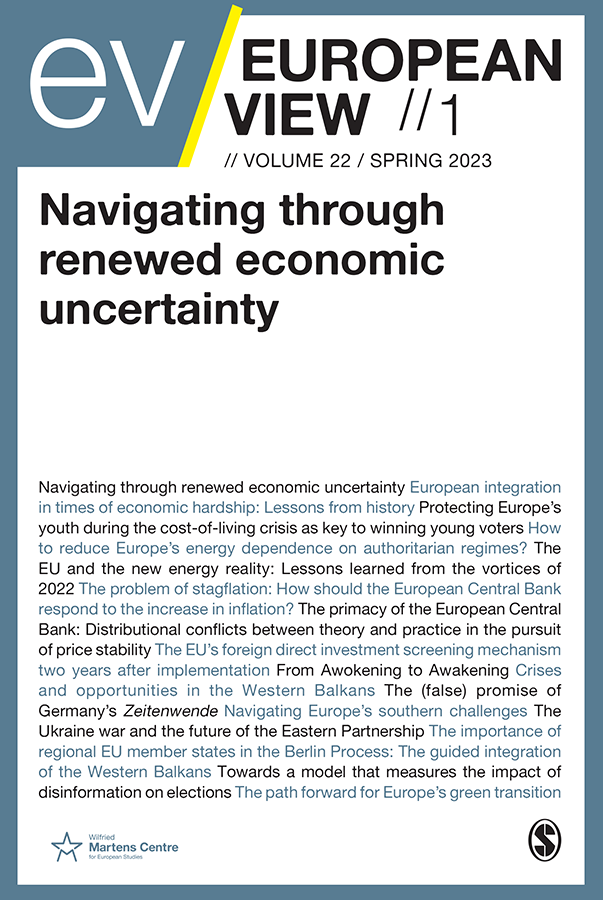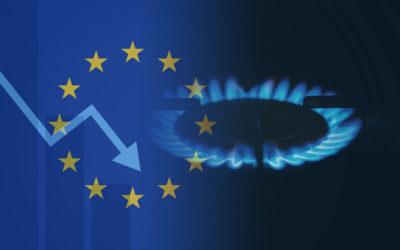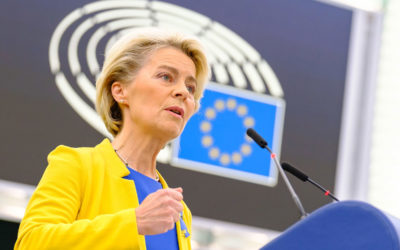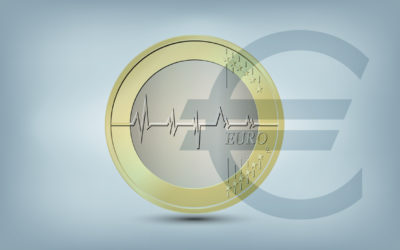‘Euro 2.0’: a preliminary assessment of the European Banking Union
22 May 2017
The architecture of the original euro was flawed, and so was the commitment of the EU member states to abide by fiscal orthodoxy. However, both did convey sound monetary principles, these being (1) to preserve the purchasing power of the euro and (2) to isolate it as much as possible from political pressures.
As evidenced in the euro crisis, both EU member states and European institutions have committed to maintaining the euro via further integration and the growing centralisation of monetary and fiscal powers in EU institutions. The European Banking Union is one example of this commitment.
This article argues that these changes have paved the way for the creation of another modern-state currency: a currency that belongs to a supranational state and that is ultimately linked to an ever-growing supranational treasury that works hand in hand with the central bank. This article offers a more market-friendly monetary alternative to such an arrangement.
Read the full article in the June 2017 issue of the European View, the Martens Centre policy journal.
ENJOYING THIS CONTENT?




